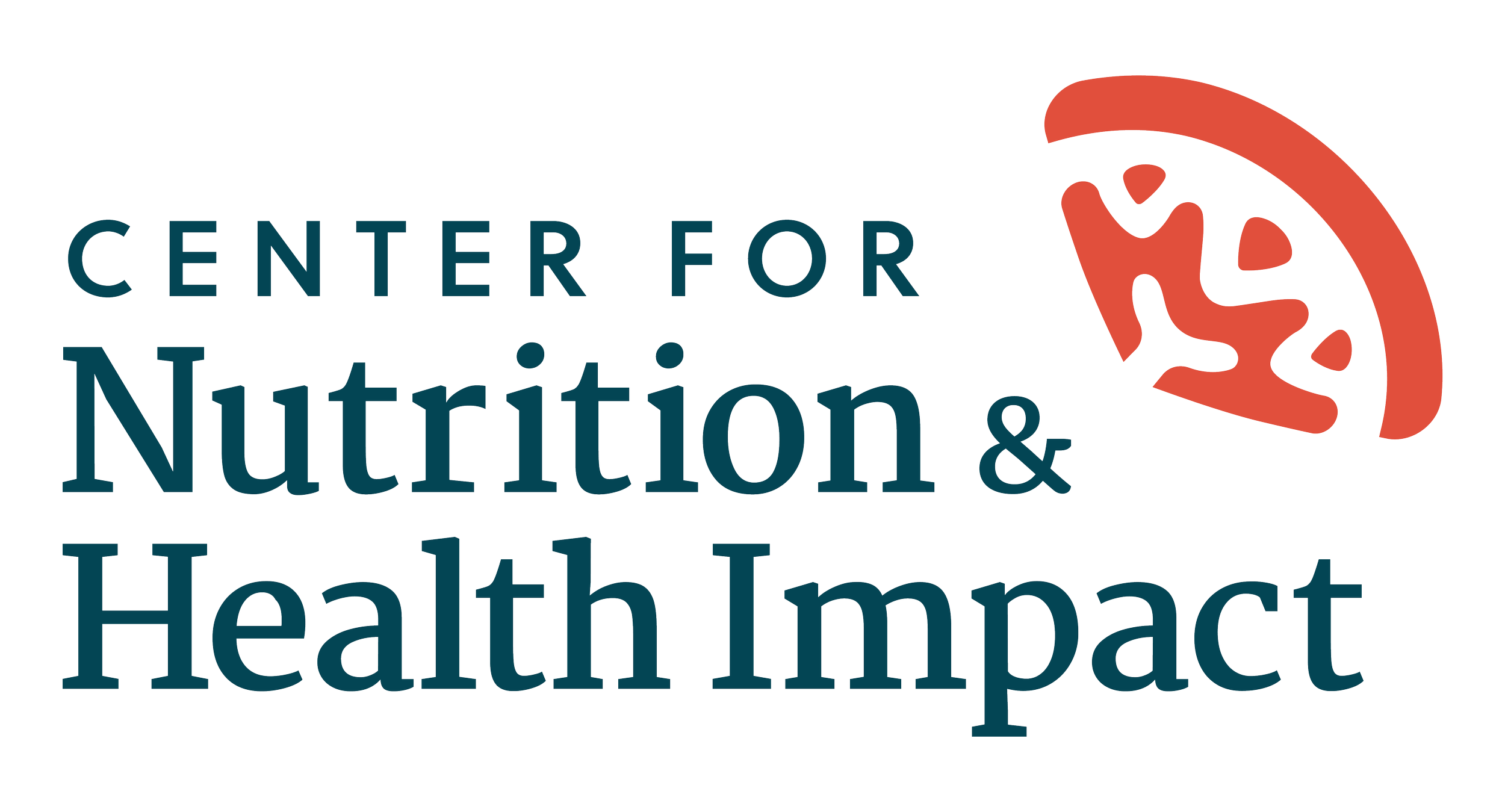Hispanic Heritage Month: Part II
Hispanic Heritage Month: Part II
In honor of Hispanic Heritage Month, we released a collection of articles which highlight nutrition, food security and health equity challenges within Hispanic and Latino/a/x communities. This is the second article in our collection.
------- + -------
To address nutrition challenges such as low food security, diet-related diseases and health disparities, federal organizations like the U.S. Department of Agriculture (USDA) and the Biden-Harris Administration have taken bold actions to advancing nutrition security, healthy food access and health equity among Hispanic and Latino/a/x communities. USDA nutrition assistance programs, such as the Supplemental Nutrition Assistance Program (SNAP) and Special Supplemental Nutrition Program for Women, Infants, and Children (WIC) have been instrumental in increasing nutrition security and healthy food access among Hispanic and Latino/a/x communities. According to USDA’s Food and Nutrition Service’s 2020 WIC Participant and Program Characteristics report, more than 40 percent of individuals who utilize WIC identify as Hispanic and/or Latino/a/x. And when it comes to SNAP, more than 20 percent of all people who utilize SNAP identify as Hispanic and/or Latino/a/x.
Released in September 2022, the Biden-Harris Administration’s National Strategy on Hunger, Nutrition, and Health described concrete actions they will take to address health inequities among Hispanic and Latino/a/x communities.
Only six percent of registered dietary nutritionists (RDNs) identify as Hispanic/Latino/a/x. As part of Pillar 2, Integrate Nutrition and Health, the National Strategy calls for “increasing the diversity of RDNs and expanding their reach to areas with limited care” to “ensure more equitable care for everyone.”
Acknowledging that food, beverage and restaurant companies target sales of unhealthy foods to Hispanic and Latino/a/x adolescents and children, the Administration vows to address the marketing of unhealthy foods and beverages as part of Pillar 3, Empower All Consumers to Make and Have Access to Healthy Choices.
To expand and diversify the nutrition science workforce, the Administration is supporting USDA’s National Institute of Food and Agriculture (NIFA) in assessing its evolving research, education and extension initiatives to determine which program areas can be used to impact workforce development opportunities across the agriculture and nutrition science. This includes empowering populations that have historically been excluded and marginalized, including Hispanic-serving Institutions, and is part of Pillar 5, Enhance Nutrition and Food Security Research.
------- + -------
At the Center for Nutrition and Health Impact (formerly the Gretchen Swanson Center for Nutrition), we strive to practice cultural humility and support programs that improve health outcomes and quality of care for populations that are working to overcome historic marginalization and exclusion. We seek to be a leader in health equity, helping to eliminate health disparities among the diverse communities we serve through public health nutrition research, education and outreach. We honor and celebrate all Hispanic and Latino/a/x Center staff, program grantees, partners and funders, and we thank them for their many contributions to the Center, national and international communities, and nutrition research.





